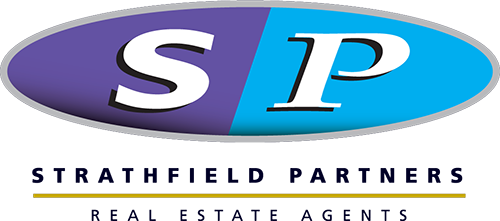GUEST OBSERVER
Anyone can be a successful investor but it is critical you set your goals and start with the end in mind. Begin by finding a proven system that other successful people have used in the past.
The key is doing your research and making sure your money goes somewhere that over the medium-term you can expect steady capital growth. Property has long been a proven investment performer in Australia with well-chosen properties tending to double in value over a 7 to 10 year period, and this is a field OpenCorp has a proven track record in helping clients get involved with.
Do one thing and do it well
Once you’ve found your already successful mentors and identified a proven wealth creation strategy, stick with it. It takes patience and dedication. Keep the FOCUS acronym in mind: follow one course until success.
Goal setting
Keeping the end in sight, you need to set firm goals. A new financial year is upon us so now is a perfect time to do this. The goal doesn’t need to be unrealistic, it should suit what you can reach, however modest that may be to begin with. Keep moving forward. Expect setbacks, learn from them and persist.
But you do need a very clear visual picture of where you want to end up in 10 to 15 years. My goal when I started in investment was to be able to work only as much as I needed, to still enjoy time with friends and family, but to be able to buy a house and create an environment where I could raise a family. That was my goal.
Action vs aspiration
Getting your start-up capital (that first deposit or whatever your goal is) may be the most difficult step in your investment journey, but it’s also the most important. Whatever you can do today is already on the way to growing for tomorrow. If you ever think back and wish, ‘I wish I had done that 10 years ago,’ let that motivate you. Aspiration must meet action to create results.
Compound growth – people overcomplicate strategy.
If I had to put wealth creation and making money into two words, it would be: compound growth. The reason, in the simplest terms, is that compound growth is growth on top of growth. What this means though is that wealth creation takes time. It takes patience and discipline to maximise the benefits of compound growth.
Cash flow properties versus growth properties
A positive cash flow positive property is an investment property that returns more than it costs to own. Typically, this becomes possible when interest rates are low and there is strong demand, meaning higher rents, or once an investor has made a significant dent in the principal of the loan.
A growth property is one, on the other hand, that earns less in rental fees than you pay on its mortgage and maintenance, etc. A growth property pays its way through steady appreciation and, ultimately, resale.
While a cash flow property might seem obviously superior, returning profit from day one, traditionally these properties may be in areas with less economic stability in the rental market. Or they might be seen as having less potential for capital gains.
However, with Australian interest rates stable at historic lows this does not need to be an either/or consideration. A cash flow property can also be a growth property. While it might take between two and five years for an investment property to become cash flow positive, with interest rates below 4 percent and net yield sitting comfortably above this, solid growth properties across the market can also be cash flow properties. It just comes down to doing your research, getting the best advice and choosing the right property.
http://www.propertyobserver.com.au/forward-planning/advice-and-hot-topics/55876-how-to-set-your-investment-strategy-michael-beresford.html
